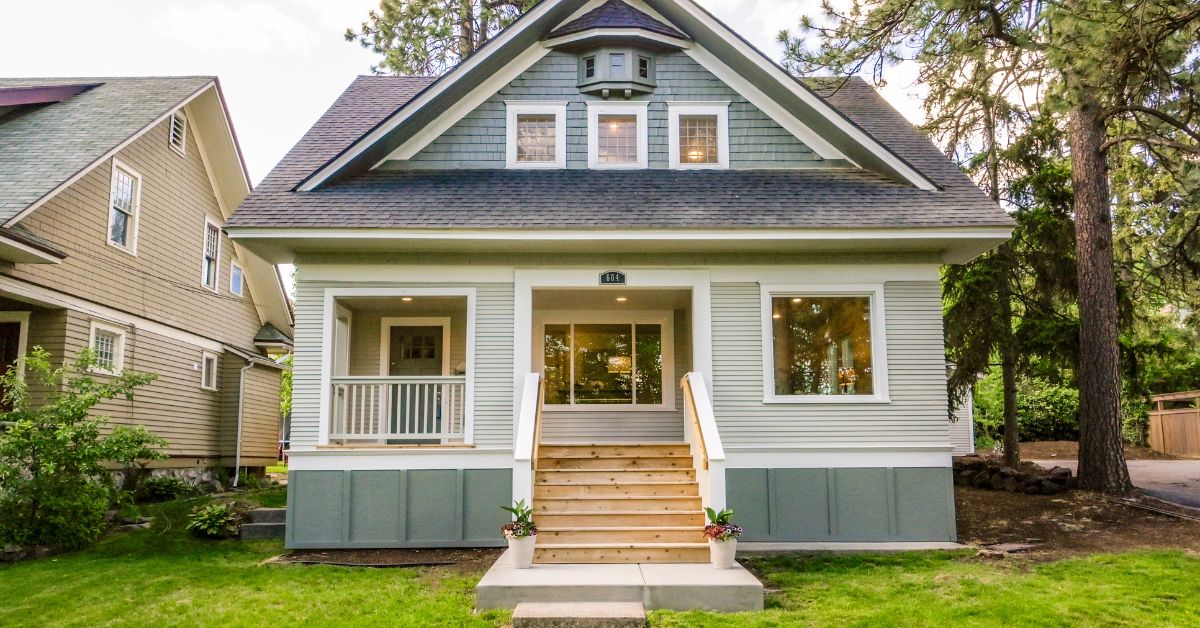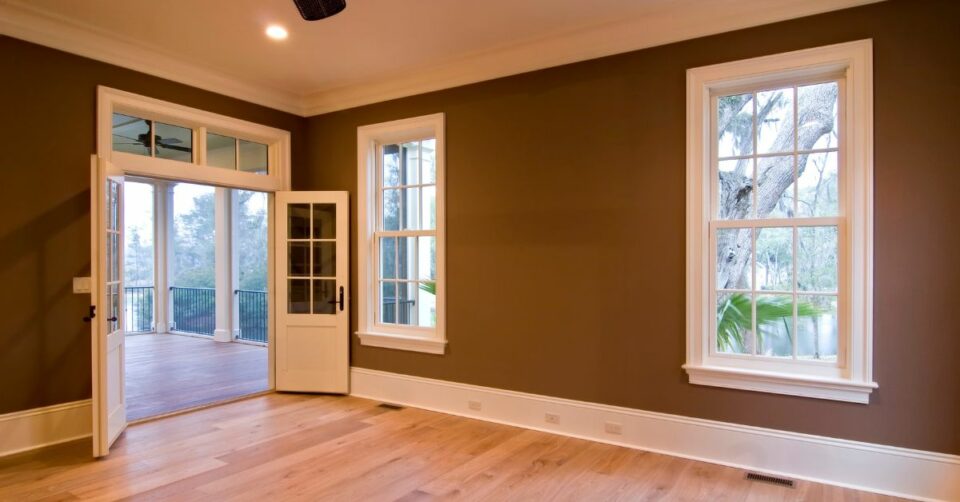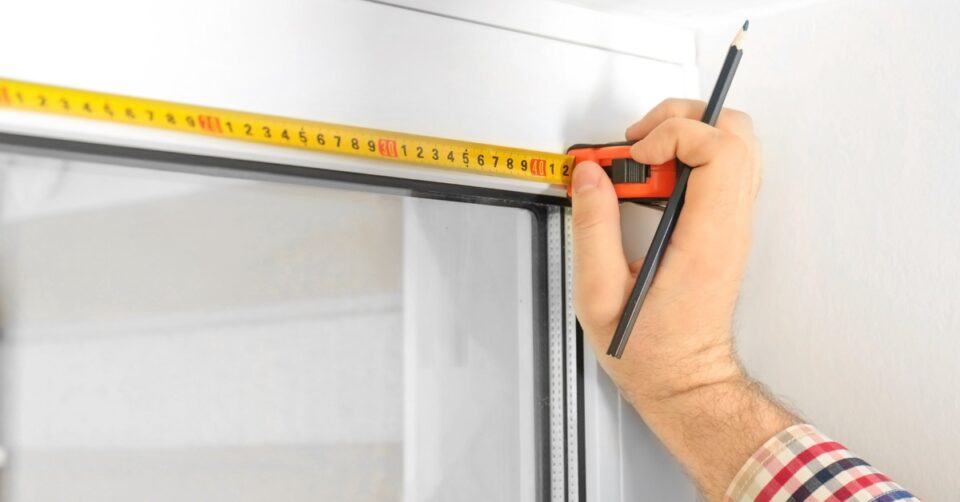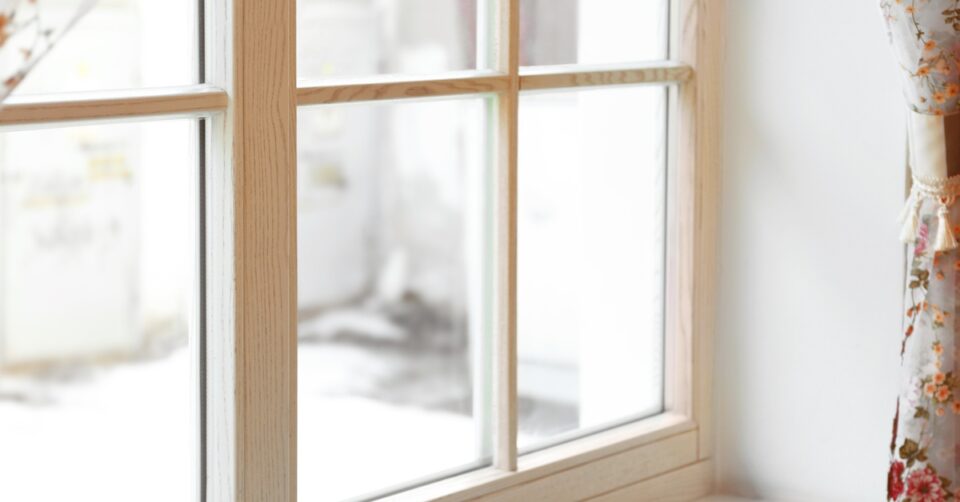
The Benefits of Opening Your Windows During the Summer
June 17, 2024
What to Do If Your Home Windows Get Hail Damage
July 2, 2024Properly placed windows can transform a house by enhancing its aesthetic appeal, improving energy efficiency, and ensuring comfort. In this ultimate window placement guide for brand-new homes, we’ll walk you through the essentials of window placement. We’ll help you make informed decisions that balance historical appreciation with modern needs and technologies.
Understanding the Importance of Natural Light
Natural light is essential for creating a bright and welcoming home environment. It reduces the need for artificial lighting and can improve your mood and productivity. When planning window placement, consider how much natural light each room requires and the direction of sunlight throughout the day. South-facing windows typically provide the most consistent light, while north-facing windows offer softer, more diffused light.
Balancing Light and Heat
While natural light is beneficial, it can also lead to heat gain. In warmer climates, excessive sunlight can increase cooling costs, whereas in colder climates, it’s beneficial for warmth. Use energy-efficient windows with low-emissivity (Low-E) coatings to control heat transfer and maintain a comfortable indoor temperature year-round.
Enhancing Views and Privacy
Positioning windows to capture beautiful views while maintaining privacy is an art. For instance, large windows in living areas can showcase outdoor scenery, whereas smaller, higher windows in bathrooms or bedrooms offer privacy without sacrificing natural light. When deciding where to place windows, consider the surrounding landscape and neighboring structures.
Optimizing Ventilation and Airflow
Good ventilation is vital for maintaining indoor air quality and comfort. Strategically placed windows can facilitate natural airflow, reducing the need for mechanical ventilation systems. Cross-ventilation, achievable by placing windows on opposite walls, allows fresh air to flow through the home. It promotes a healthy living environment.
Window Types for Better Ventilation
Different window types offer varying levels of ventilation. For example, casement windows, which open outward, can catch breezes and direct them into the home. Double-hung windows open from both the top and bottom, allowing warm air to escape from the top and cooler air to enter from the bottom. Choose window styles that enhance airflow while complementing your home’s design.
Ventilation in Specific Rooms
Consider each room’s specific ventilation needs. Kitchens and bathrooms, for instance, generate moisture and odors that require more ventilation. Installing operable windows near cooking areas or showers can help expel humid air and improve comfort. Bedrooms benefit from windows that enable fresh air circulation, promoting restful sleep.
Maximizing Energy Efficiency
Energy efficiency is a key consideration in window placement. Properly placed and well-insulated windows can significantly reduce energy consumption, lowering utility bills and minimizing environmental impact. Focus on areas where windows will enhance natural heating and cooling, reducing reliance on HVAC systems.
Insulation and Glazing Options
High-quality insulation and glazing options are essential for energy-efficient windows. Double- or triple-pane windows with argon gas between panes offer excellent insulation, reducing heat transfer. Low-E coatings reflect infrared light, keeping heat inside during winter and outside during summer. These features work together to maintain a stable indoor temperature.
Seasonal Considerations
When planning window placement, consider seasonal changes. In colder months, south-facing windows can capture solar heat, warming your home naturally. During summer, shading devices such as awnings or overhangs can block excessive sunlight, keeping interiors cool. By considering seasonal variations, you can optimize comfort and energy efficiency year-round.
Enhancing Aesthetics and Curb Appeal
Windows significantly affect a home’s exterior appearance. Properly placed and styled windows enhance the architectural appeal, contributing to your home’s overall aesthetic value. By paying attention to window symmetry, proportion, and alignment, you can create a visually cohesive and attractive façade.
Symmetry and Proportion
Symmetry and proportion are fundamental principles in architectural design. Balanced window placement creates a harmonious look, while proportionate window sizes ensure visual coherence. Consider the size and shape of your home when determining window placement to achieve a balanced and pleasing exterior.
Unique Design Elements
Incorporating unique design elements can add character and charm to your home. Bay windows, arched windows, and transom windows can enhance your home’s architectural interest. These elements not only improve aesthetics but also increase natural light and create interesting interior spaces. As you consider placement, determine whether you want to add any unique windows or window placements to your home.
Landscaping and Windows
Landscaping can complement window placement, enhancing your home’s overall appeal. Well-placed trees and shrubs can provide natural shading and privacy while framing views from interior windows. Thoughtful landscaping design can connect your home’s interior and exterior environments seamlessly.
Respecting Architectural Style
Different architectural styles have unique window designs and placements. For example, Victorian homes often feature tall, narrow windows with decorative trims, while Craftsman-style homes use grouped windows with wide casings. If you have a specific architectural style in mind for your home, looking at trends of that style can help you determine where to place windows.
Planning for Future Needs
When designing window placement, consider your future needs and lifestyle changes. For instance, if you plan to expand your family or work from home, ensure that window placement accommodates potential modifications. This foresight can save time and money on future renovations.
Flexible Room Configurations
Design rooms with flexible configurations that can adapt to changing needs. For example, you can convert a home office that receives ample natural light into a nursery or guest bedroom. Ensuring that windows provide adequate light and ventilation for various uses will make your home more versatile and functional.
Aging-in-Place Considerations
For homeowners planning to age in place, window placement should prioritize accessibility and ease of use. Large, easy-to-operate windows at reachable heights ensure that natural light and ventilation remain accessible as mobility changes. Additionally, consider installing windows that offer unobstructed views of outdoor spaces, promoting a connection with nature.
Each decision you make during your home’s construction contributes to its overall harmony and functionality. By keeping this ultimate window placement guide for brand-new homes in mind, you can ensure that your window placement decisions align perfectly with your vision and lifestyle.
Contact Scientific Home Services for professional assistance with your window projects. We can help you select and install wood-clad metal windows in Chicago, whether your home is new or needs a refresh.





